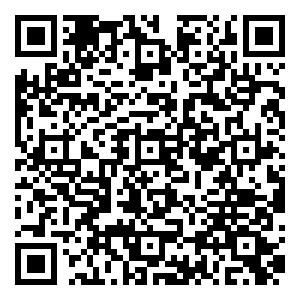DESIGN OF URBAN RAIL TRAFFIC GUIDE SIGN PIONT
-
摘要: 以地铁空间的信息点位布局设计为核心问题,将环境心理学与行为心理学作为主要理论依据,结合西安城铁导向标识设计的实际应用项目,在掌握城铁整体空间环境特征的情况下,采用建立模型和抽样问卷调查的方法,对其基本建筑空间层的区域、节点、使用人群的人体尺度及人的寻路行为习惯等进行综合评价分析。其目的是为了提高导向标识系统设计的思路和方法,为引导使用者熟知地铁空间起到一定的积极作用。Abstract: This design of subway space' s information point layout is taken design as the core problem,by using environmental psychology and behavior psychology as the main theoretical basis,and combining the Xi' an metro' s logo-oriented design in practical application of project. In the mastery of subway integral space environment feature, the model and questionnaire are used on basis of sampling to evaluate and analyze area,node,use of population human scale and wayfinding behavior habit comprehensively. Whose purpose is to improve the design of a guiding sign system design for the greatest convenience functions and explore a feasible train of thought and method,which can provide a certain positive significance for guiding a user familiar with the subway space.
-
Key words:
- metro space /
- area node /
- oriented information /
- point settings
-
王琰,李志民. 建筑空间环境与行为[M]. 武汉:华中科技大学出版社,2007. [2] 凯文林奇. 城市意象[M]. 方益萍,何晓军,译. 北京:华夏出版社,2003. [3] 田中直人,岩田三千子. 标识环境通用设计[M]. 王宝刚,郭晓明,译. 北京:中国建筑工业出版社,2004. [4] 朱小雷. 大城市地铁枢纽站换乘与衔接高效空间设计初探[D]. 广州:华南理工大学,1996. [5] 王艺湘. 环境视觉导识设计[M]. 北京:清华 大 学出版社,2008. [6] 耿永常. 地下空间建筑与防护结构[M]. 哈尔滨:哈尔滨工业大学出版社,2005. [7] 丁玉兰. 人机工程学[M]. 北京:北京理工大学出版社,2005. [8] 周丽霞. 地铁换乘空间设计研究[D]. 北京:清华大学,2007. [9] 李道增. 环境行为学概论[M]. 北京:清华大学出版社,1999. [10] 杨冰. 地铁建筑室内设计[M]. 北京:中国建筑工业出版社,2006. -

 点击查看大图
点击查看大图
计量
- 文章访问数: 104
- HTML全文浏览量: 15
- PDF下载量: 76
- 被引次数: 0

 登录
登录 注册
注册 E-alert
E-alert

 登录
登录 注册
注册 E-alert
E-alert


 下载:
下载:
